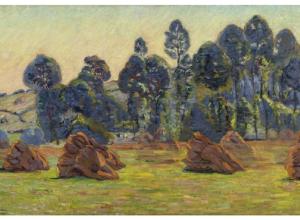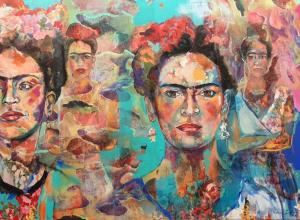An exhibition at the Smithsonian American Art Museum, Grandma Moses: A Good Day’s Work, examines the impact of this beloved painter on the cultural imagination. Comprising 88 works, the exhibition includes many of Moses’ most celebrated paintings and explores Moses’ life, her artistic evolution, and her transformation from farm wife to famous artist in Cold War America, illustrated with photographs, ephemera, and Moses’ own words— drawn largely from her autobiography.
Running October 24 through July 12, 2026, the exhibition will travel to the Crystal Bridges Museum of American Art following its premiere in Washington, D.C. “Grandma Moses was instrumental in bringing self-taught art to the forefront of American consciousness,” says Jane Carpenter-Rock, Acting Margaret and Terry Stent Director of the Smithsonian American Art Museum. Leslie Umberger, Senior Curator of Folk and Self-Taught Art, adds that Moses’ art and life were “shaped by ingenuity, labor, a doggedly positive outlook, and a distilled understanding of a life well lived."

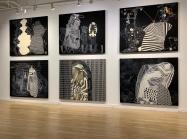


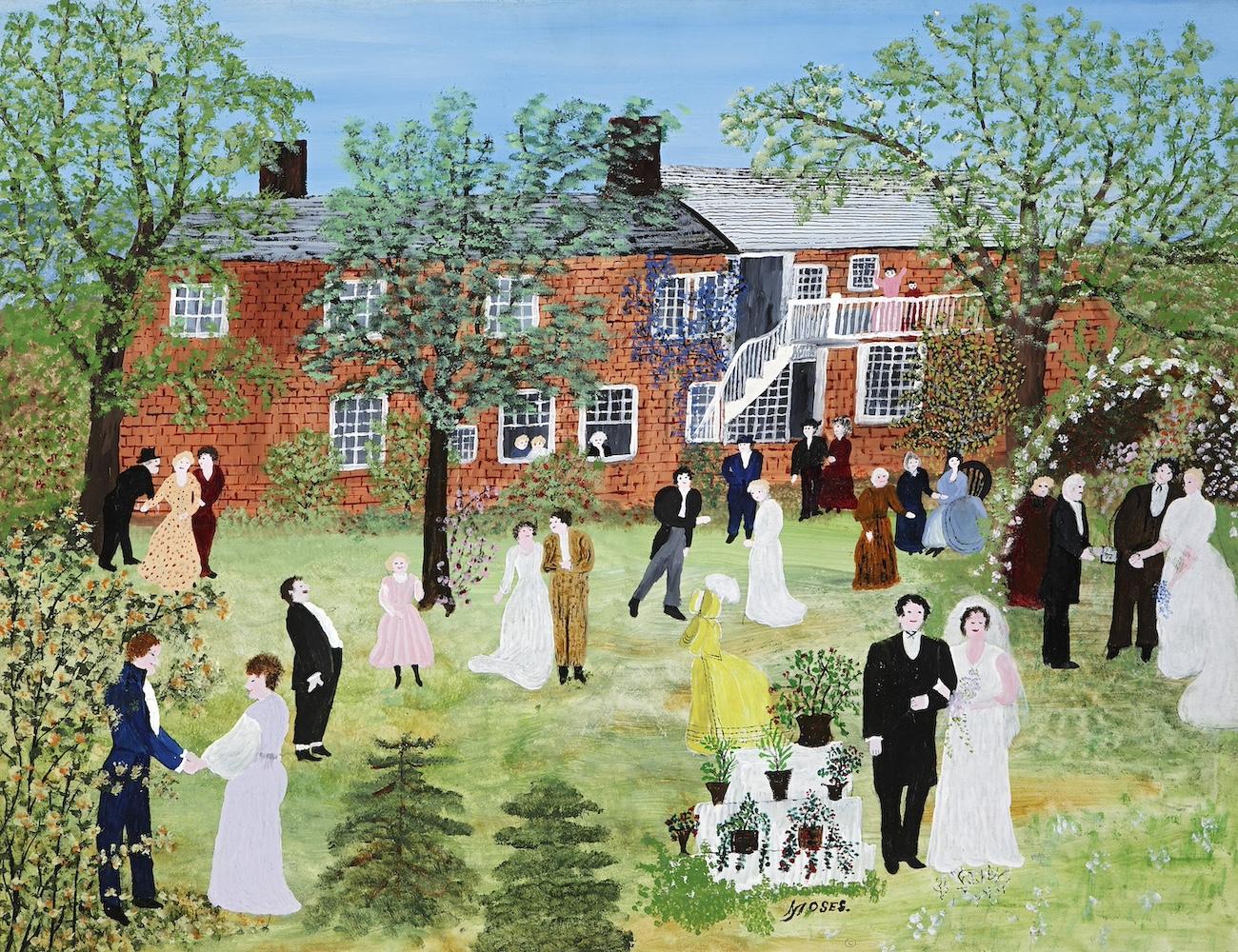
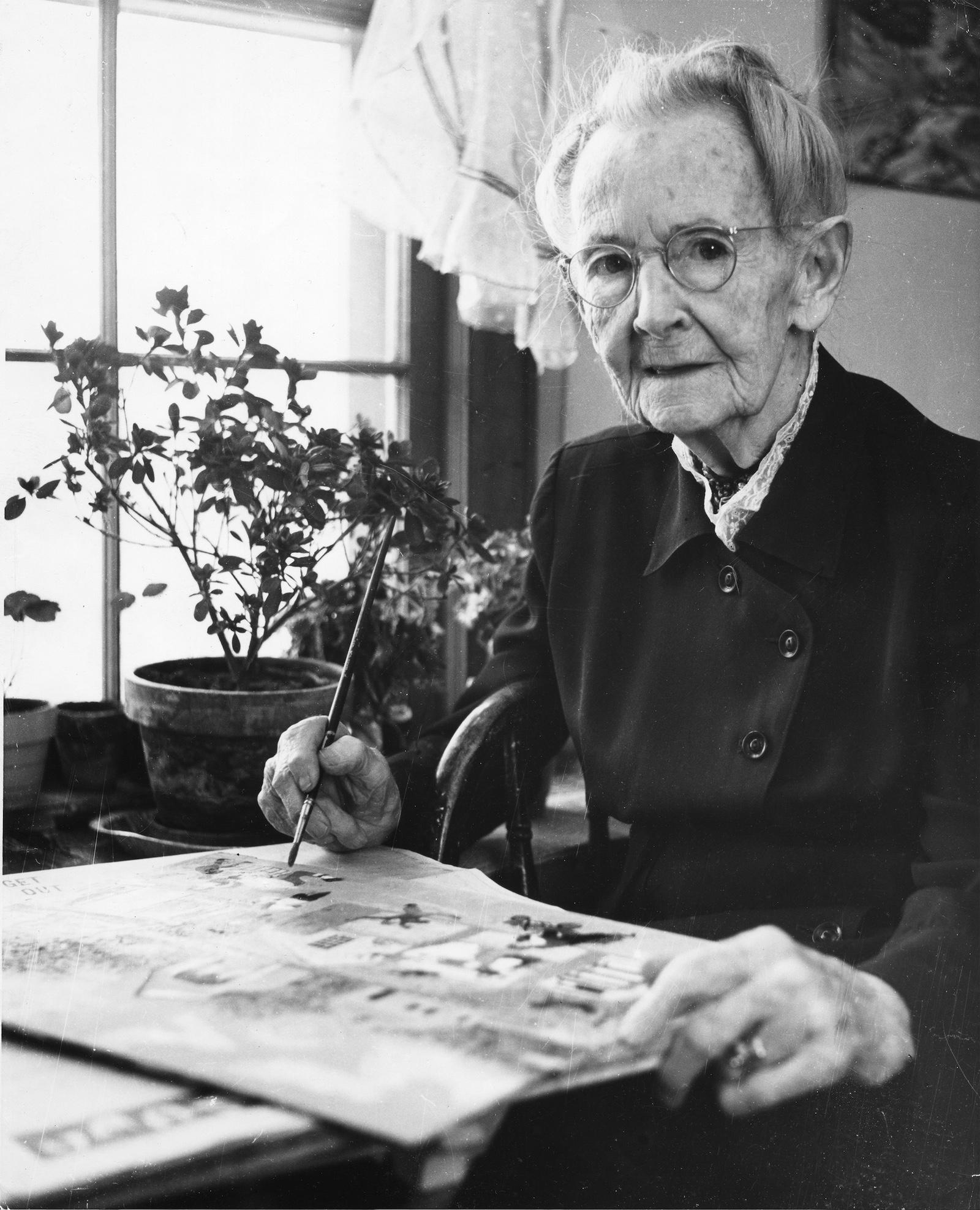
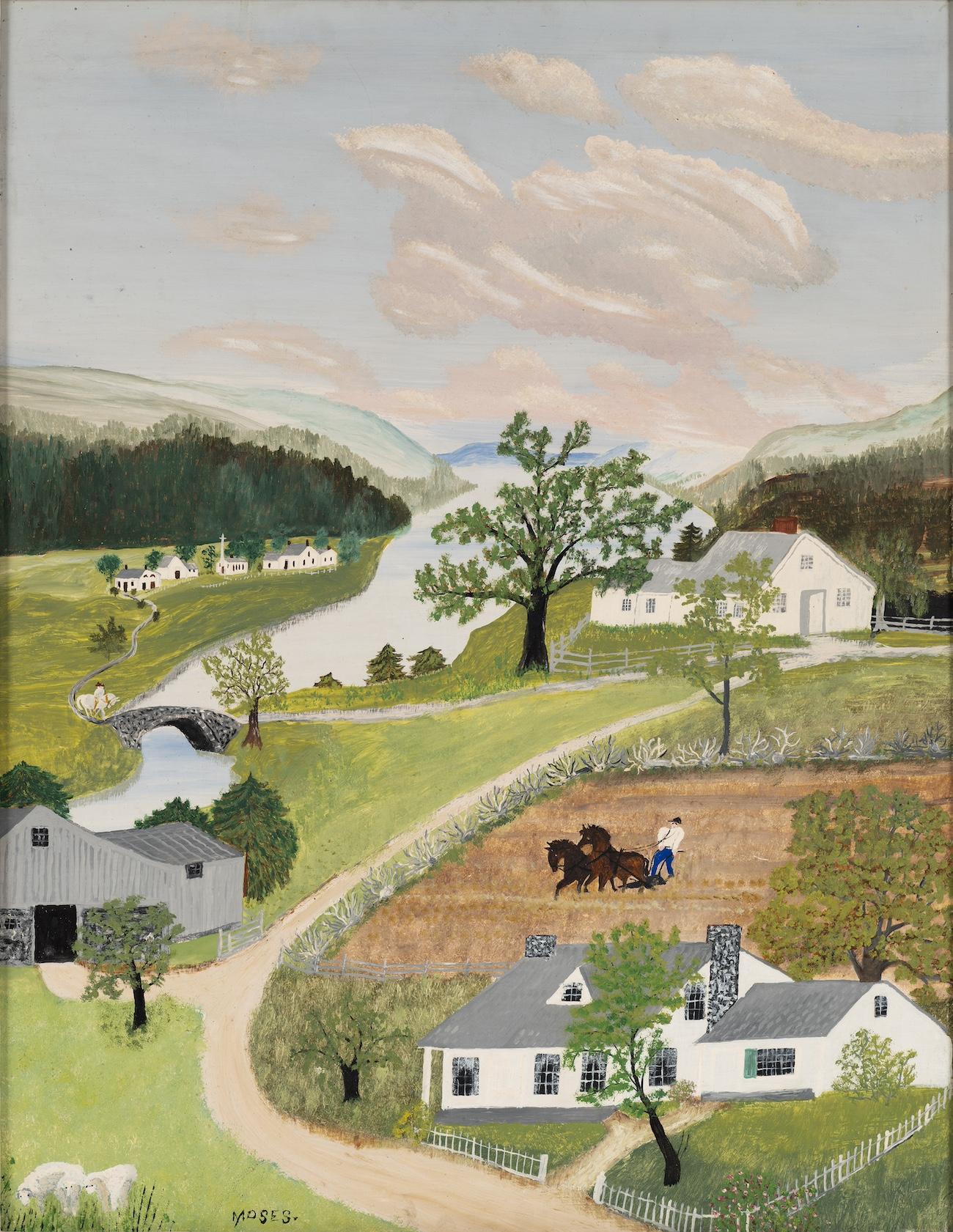
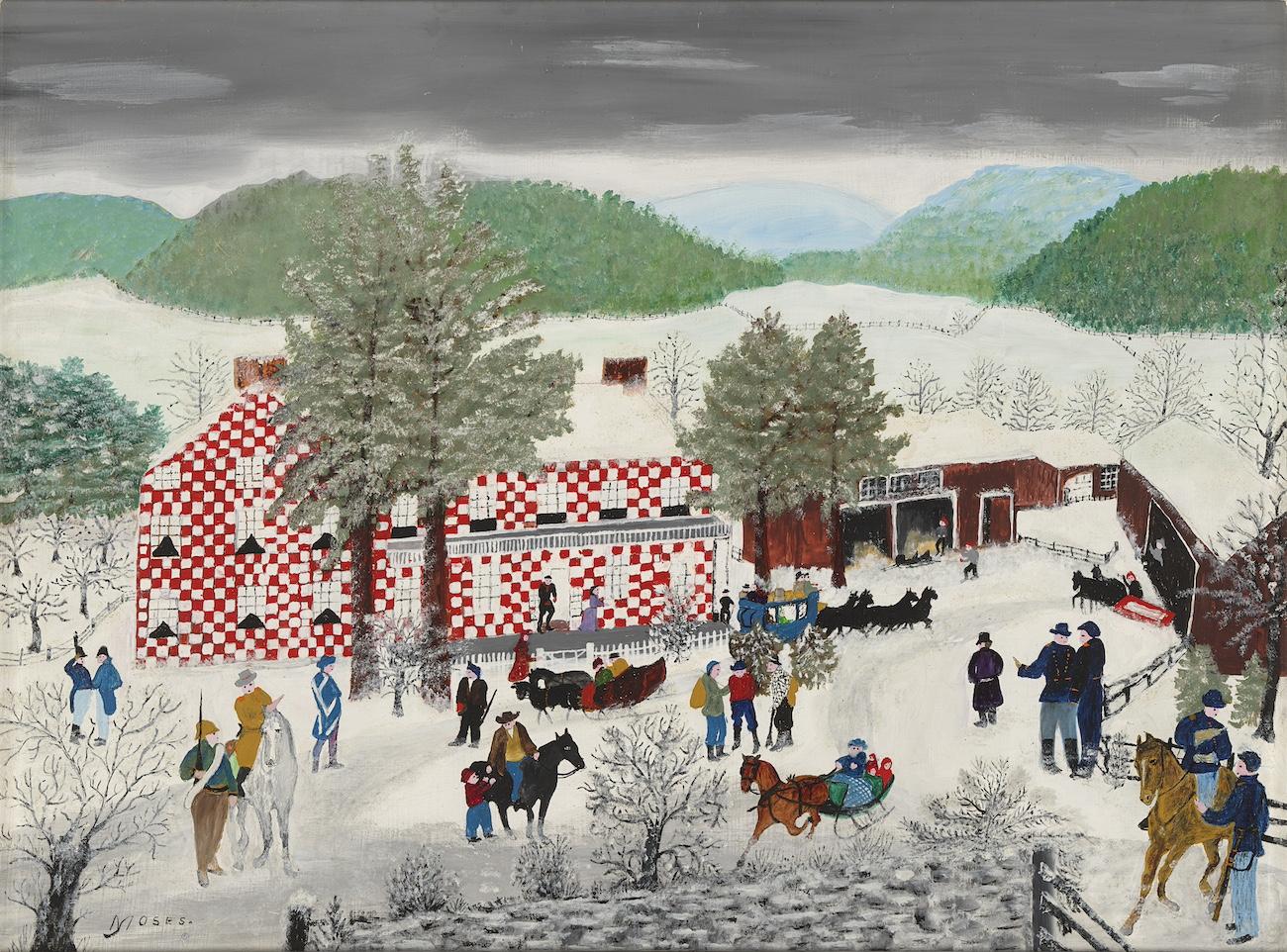
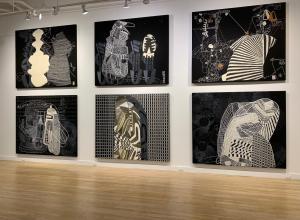

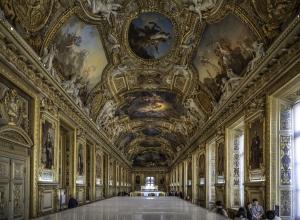



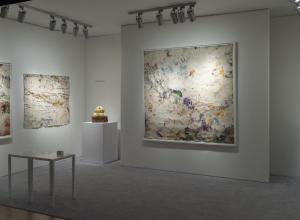
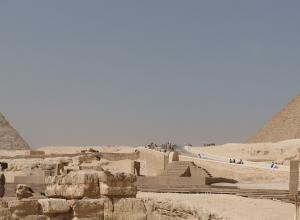
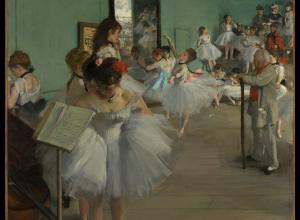
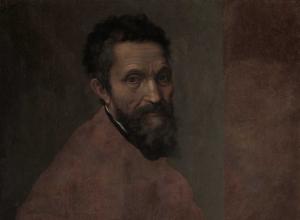

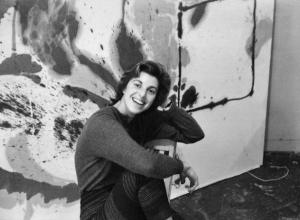
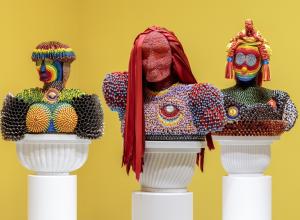







![DEl Kathryn Barton [Australian b. 1972] the more than human love , 2025 Acrylic on French linen 78 3/4 x 137 3/4 inches 200 x 350 cm Framed dimensions: 79 7/8 x 139 inches 203 x 353 cm](/sites/default/files/styles/image_5_column/public/ab15211bartonthe-more-human-lovelg.jpg?itok=wW_Qrve3)
